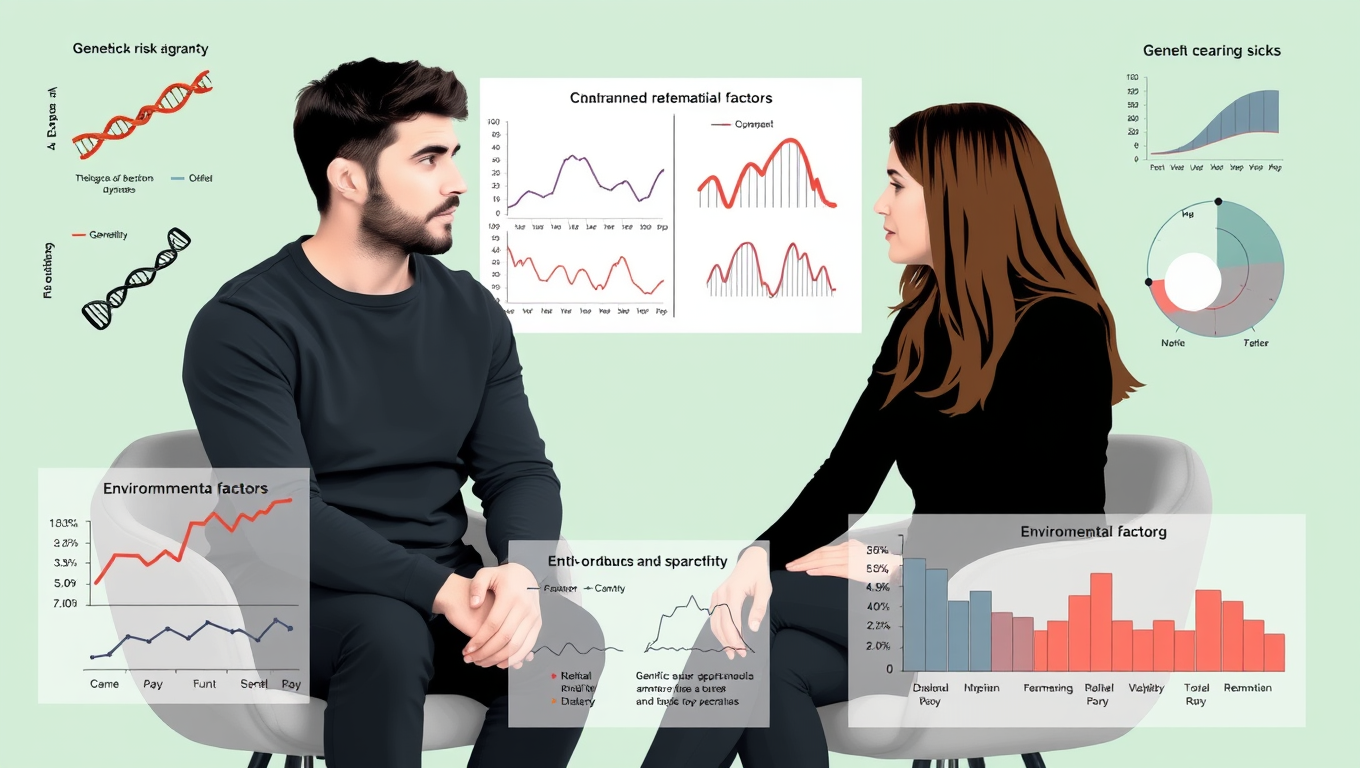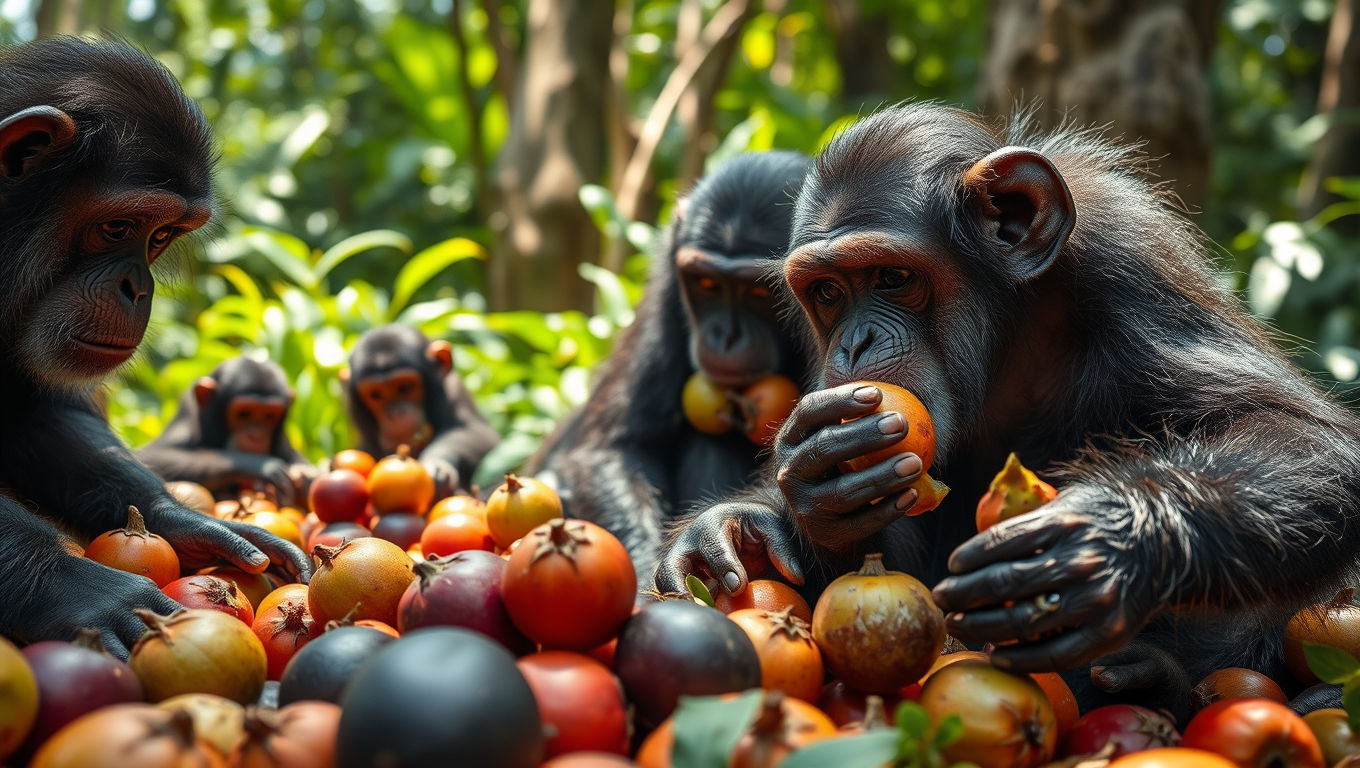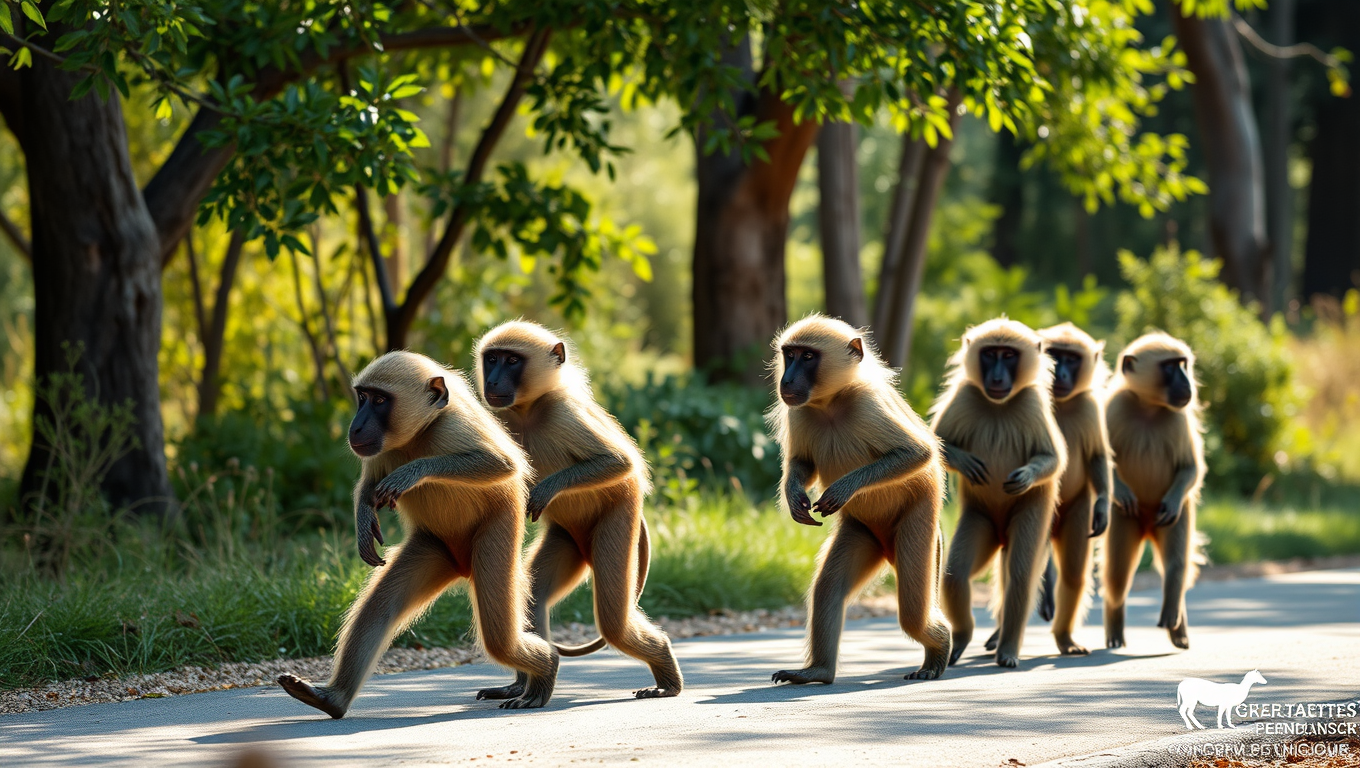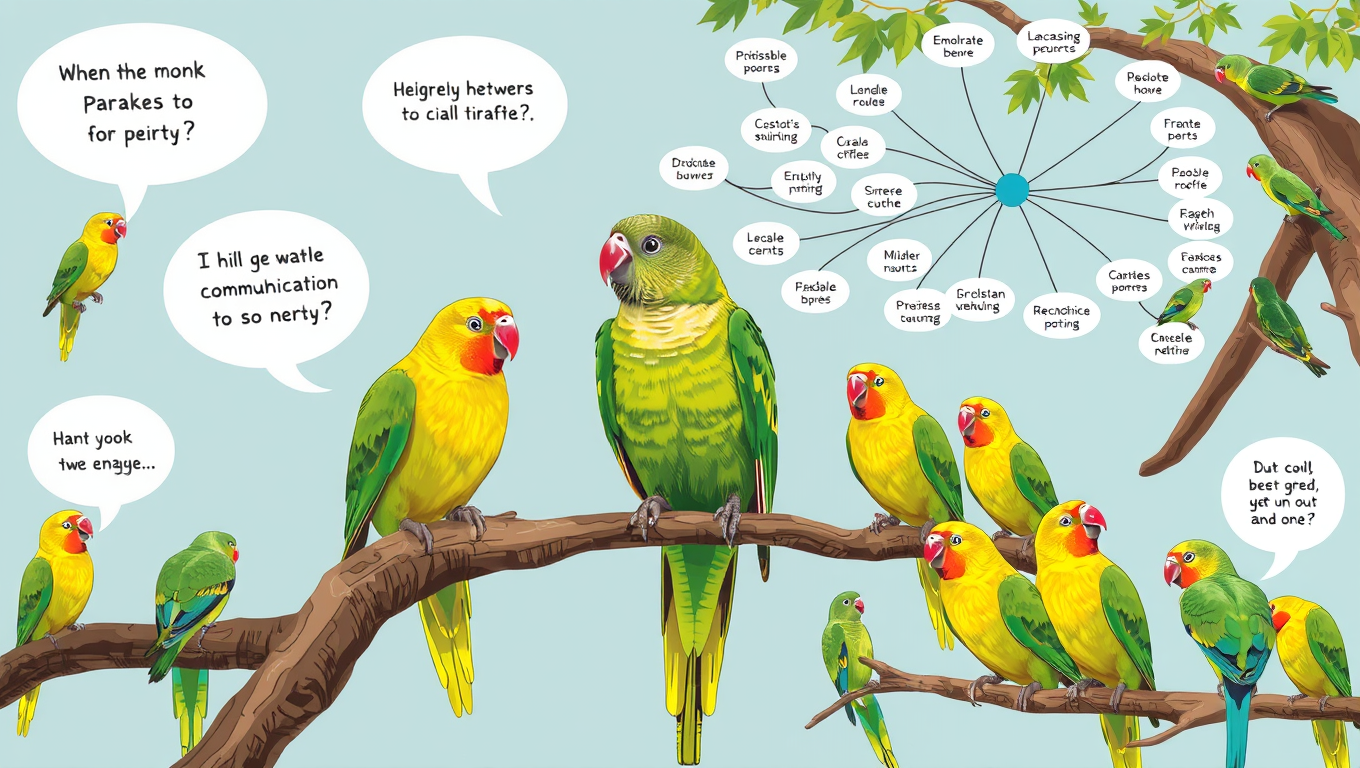While we try to keep things accurate, this content is part of an ongoing experiment and may not always be reliable.
Please double-check important details — we’re not responsible for how the information is used.
Beer and Wine
The Complex Web of Love: How Romantic Partners Can Amplify Genetic Risk for Unhealthy Alcohol Use
Research led by VCU and Rutgers University provides new insights into how the people we love affect our health.

Apes
The Secret to Our Alcohol Tolerance? Scrumping, a Behavior Shared by Great Apes
Ape behavior just got a name upgrade — “scrumping” — and it might help explain why humans can handle alcohol so well. Researchers discovered that African apes regularly eat overripe, fermented fruit off the forest floor, and this habit may have driven key evolutionary adaptations. By naming and classifying this behavior, scientists are hoping to better understand how alcohol tolerance evolved in our ancestors — and how it might have helped shape everything from safety in the trees to social drinking rituals.
Animals
Baboons’ Social Bonds Drive Their Travel Patterns, Not Survival Strategies
Researchers have discovered that baboons walk in lines, not for safety or strategy, but simply to stay close to their friends.
Animals
The Social Parrot: Unpacking the Connection Between Communication and Group Living
For social animals, communication is a key that unlocks the benefits of group living. It’s well known that animals with more complex social lives tend to have more intricate ways of communicating, from the clicks and whistles of dolphins to the calls of primates. While this pattern is found broadly in many species, a new study on wild parrots drills deep into the social and vocal lives of individual birds. Researchers analyzing the social networks of monk parakeets in Spain have uncovered how an individual’s social ties shapes the calls these birds make.
-

 Detectors9 months ago
Detectors9 months agoA New Horizon for Vision: How Gold Nanoparticles May Restore People’s Sight
-

 Earth & Climate10 months ago
Earth & Climate10 months agoRetiring Abroad Can Be Lonely Business
-

 Cancer9 months ago
Cancer9 months agoRevolutionizing Quantum Communication: Direct Connections Between Multiple Processors
-

 Albert Einstein10 months ago
Albert Einstein10 months agoHarnessing Water Waves: A Breakthrough in Controlling Floating Objects
-

 Chemistry9 months ago
Chemistry9 months ago“Unveiling Hidden Patterns: A New Twist on Interference Phenomena”
-

 Earth & Climate9 months ago
Earth & Climate9 months agoHousehold Electricity Three Times More Expensive Than Upcoming ‘Eco-Friendly’ Aviation E-Fuels, Study Reveals
-

 Diseases and Conditions10 months ago
Diseases and Conditions10 months agoReducing Falls Among Elderly Women with Polypharmacy through Exercise Intervention
-

 Agriculture and Food10 months ago
Agriculture and Food10 months ago“A Sustainable Solution: Researchers Create Hybrid Cheese with 25% Pea Protein”





























